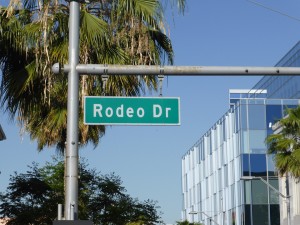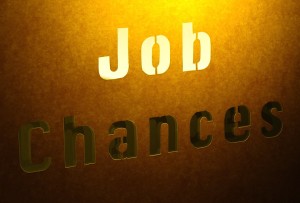 Business owners/managers are always trying to find new ways to make more money. With all the advanced technology, increasingly interesting out-of-the-box ideas are coming to light. Take the LA Zoo for example. In an attempt to bring more people out to see the animals (and thus make the LA Zoo a more thriving business), the LA Zoo Association – in conjunction with Google – has set up high-tech cameras in animal enclosures. The way it works is that if an animal comes within a certain range of a camera, it will automatically snap a photo. To date, a sloth, tiger and warthog have participated in this new venture.
Business owners/managers are always trying to find new ways to make more money. With all the advanced technology, increasingly interesting out-of-the-box ideas are coming to light. Take the LA Zoo for example. In an attempt to bring more people out to see the animals (and thus make the LA Zoo a more thriving business), the LA Zoo Association – in conjunction with Google – has set up high-tech cameras in animal enclosures. The way it works is that if an animal comes within a certain range of a camera, it will automatically snap a photo. To date, a sloth, tiger and warthog have participated in this new venture.
Another initiative taken by businesses – possibly to get an edge in the business world, or maybe just to make the world a better place – is becoming greener vis-à-vis one’s competitors. This is the case for apparel company Zara which is aiming to have 100% eco-efficient stores by 2020. When this happens the stores will be consuming 30% less energy and 50% less water compared to a conventional store. To make this happen, the company has applied to the U.S. Green Building Council for LEED (Leadership in Energy and Environmental Design) certification.
And then there is another way of boosting one’s edge in the competitive business world: the enhancement of customer service. In a recent article in Information Week, in situations whereby customers can very easily change where they do business and “superior customer experience drives superior revenue growth. Therefore one needs to focus on providing the best customer service possible, “making doing business with you easy, boosting customer acquisition and retention.”
There are many ways to get ahead of the curve in the LA business world. But one thing’s for sure; the companies that are not always on their toes will not stand the test of time.








